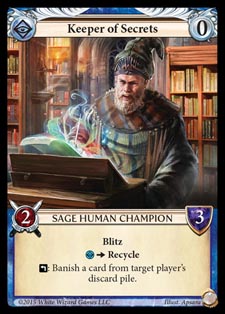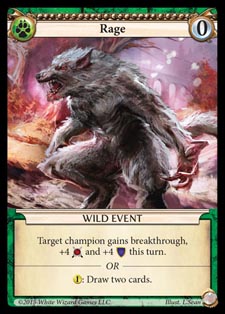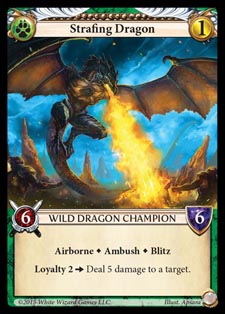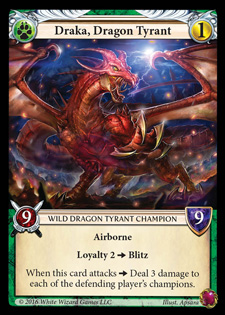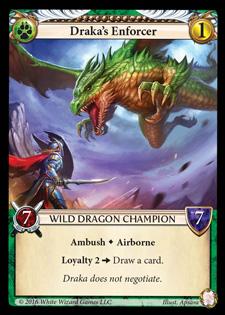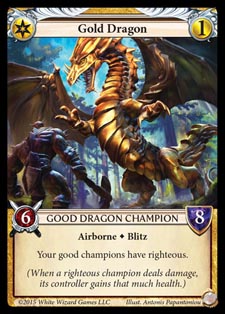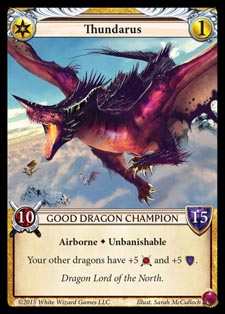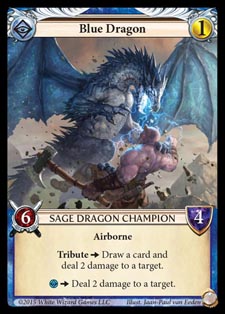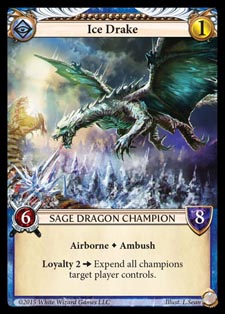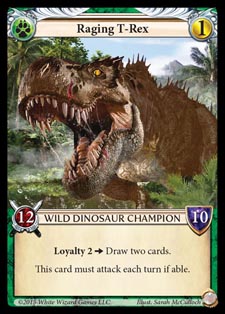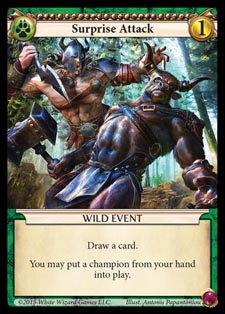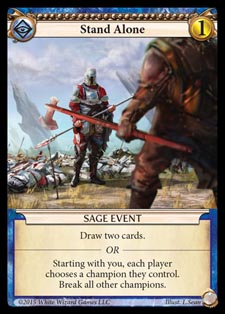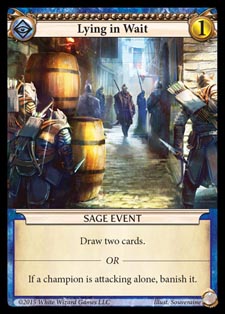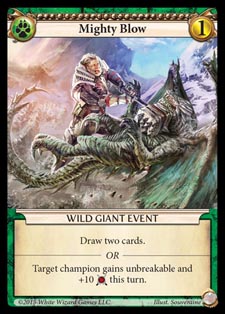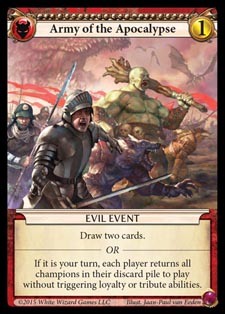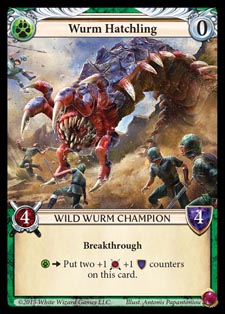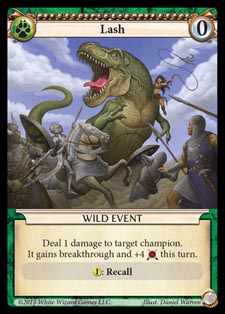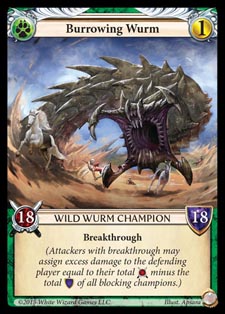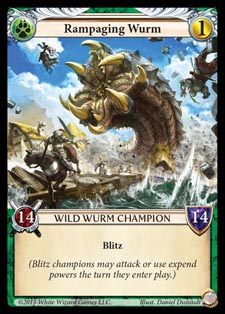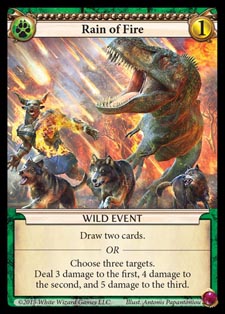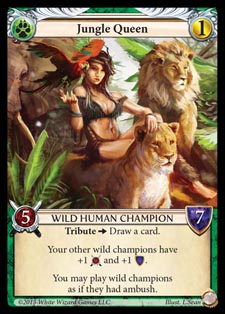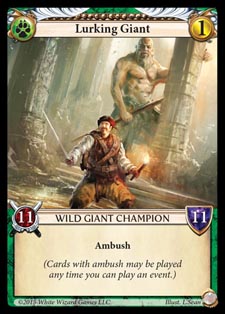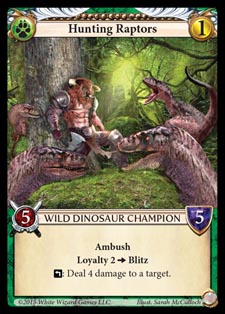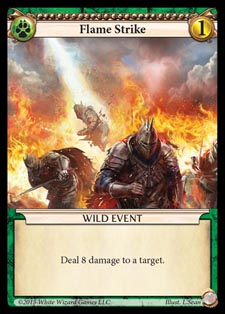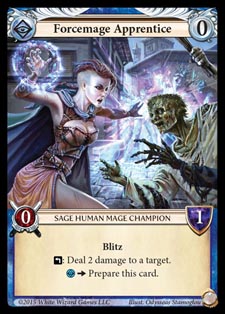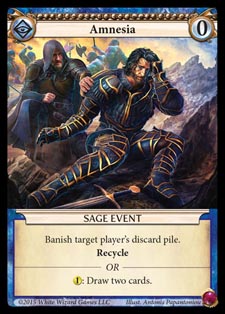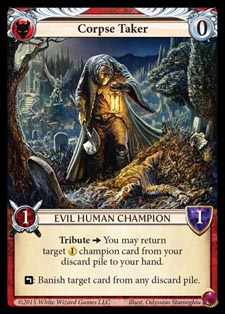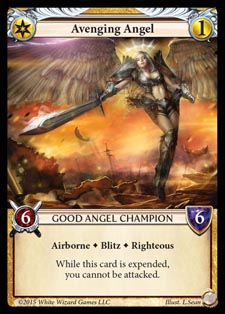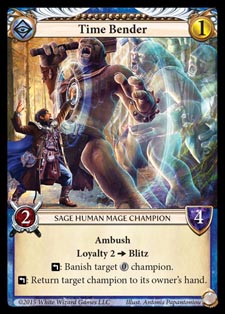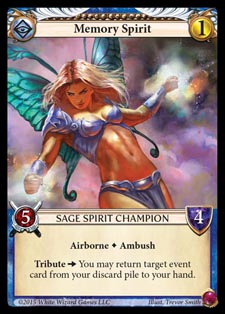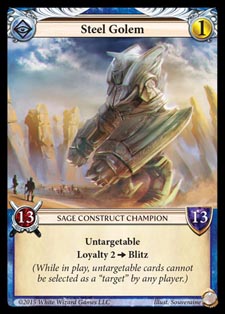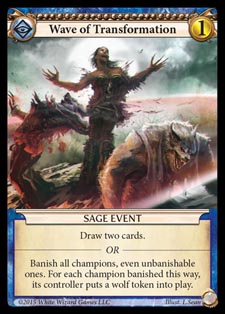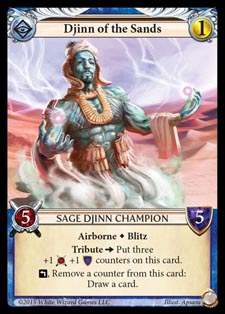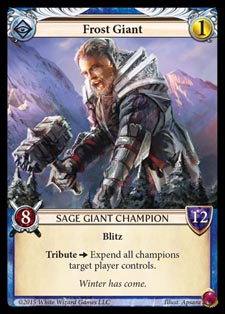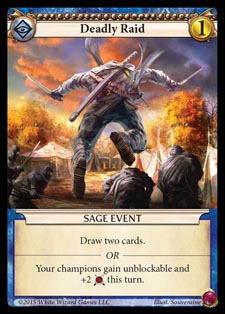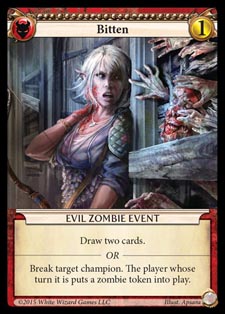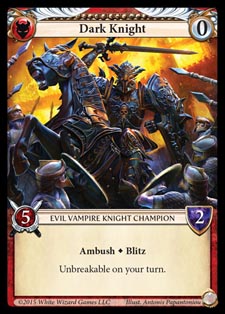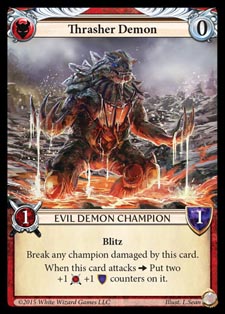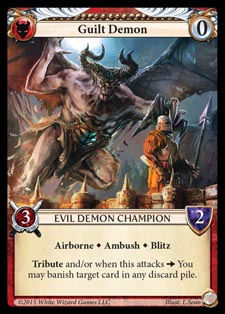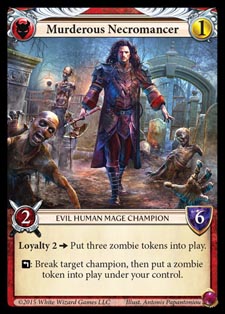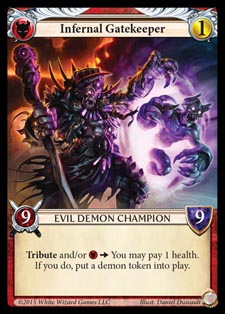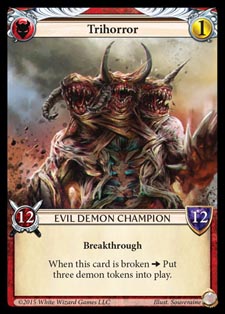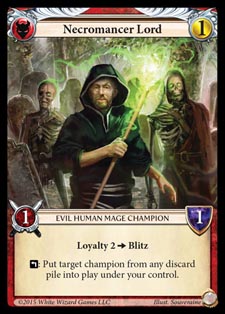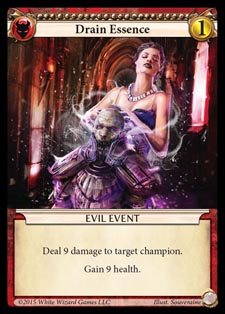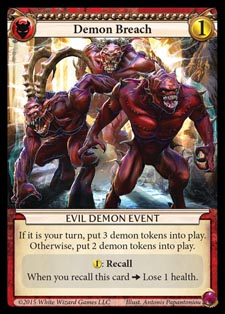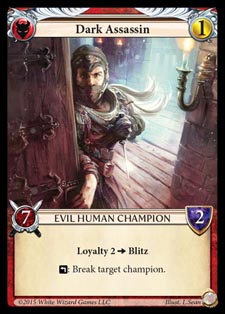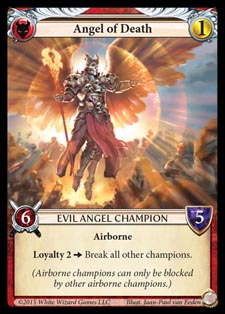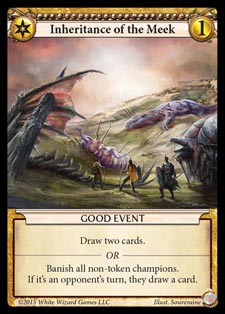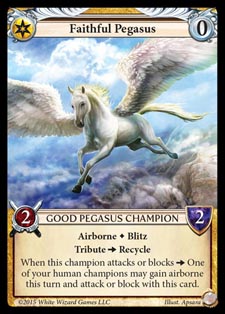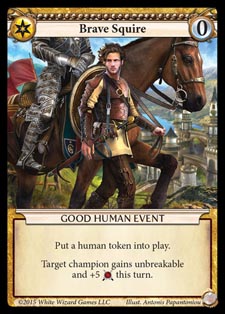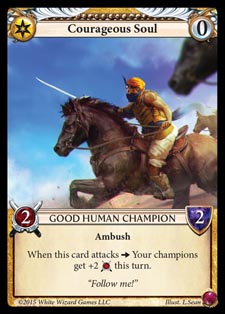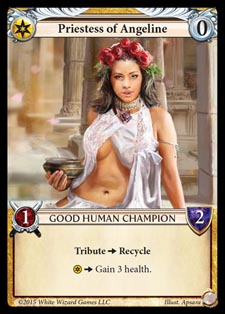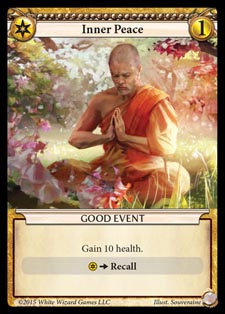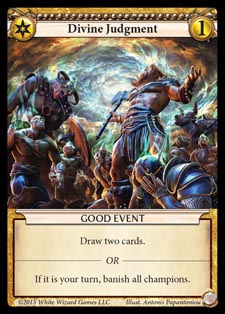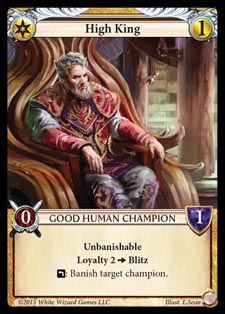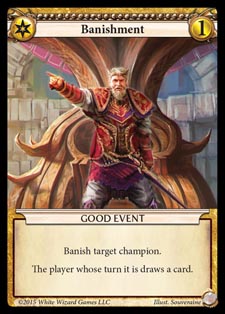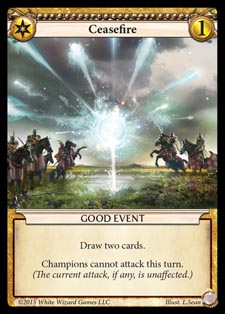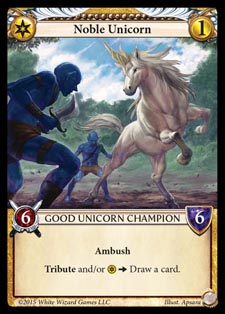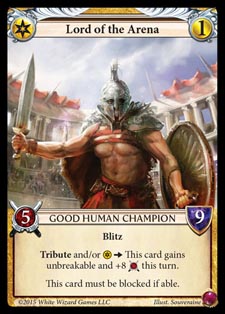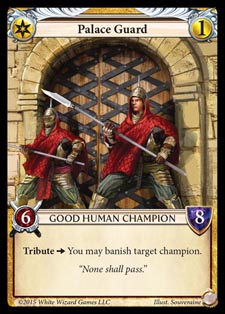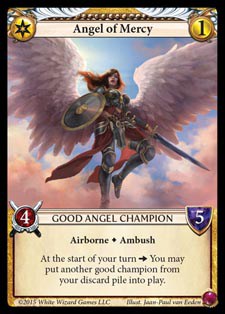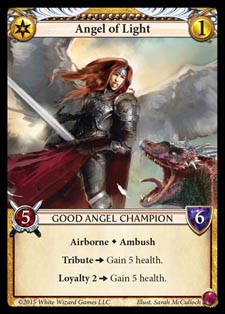Epic: Zombie OTK

Requires Tyrants expansion.
You cannot typically perform an OTK (one turn kill) in Epic, from full health. Dealing 30 damage in one turn, is very difficult; or even dealing very close to it like 25 after some health is lost. It can be done and usually relies on attacking while using some sort of sure-fire boost like Battle Cry or Deadly Raid on a massive token field. This deck shares only one real thing in common with that approach: tokens. In this deck, we are going to use pure burn to kill someone in as close to one turn as possible. How? First, we need to establish two engines: draw and zombie production. If you get a Drinker of Blood early in the game, the draw engine is less important. Here’s how it works: draw Drinker of Blood and some sort of board wipe, preferrably a silver-costed wipe so you can do this without giving the opponent two responses. A gold will have to wait until their turn, which is 2 responses (one on yours, one on theirs) so silvers like Hands From Below will not provoke a response. A 0-response solution would be Wither or Flash Fire. Due to the attacking rules that give attackers priority to play first, Spike Trap and Hands From Below operate without provoking any response.Okay, now that you have your weenie board wipe and Drinker and your zombies are all out (including opponent zombies or both players having weak other champions depending on your possible out), now the magic begins. Nuke. Win. Drinker of Blood will make each opponent lose[es] two life and you gain two life for each champion that breaks at this time. If you’re responseless at the time, you auto-win.
This means, it cannot be stopped by The Gudgeon because it does not target, is not useless in multiplayer since everyone loses the life, and cannot be punished even when it fails to force a loss of all the remaining life because you will gain all that ridiculous amount of life for yourself. So even if you fail to get all 30 or 28 or whatever the situation, even if you do 18-20, you’re getting that much and they’re losing that much. Such a gap usually leaves opponents unable to defeat you before you do something minor and win. Don’t forget that one of your outs is Flash Fire which will do 2 more damage on top of that. Special note here: even though some cards in this deck give zombies to the opponent, which is technically usable by our Drinker of Blood OTK gambit, the decklist notes will not count them as usable since you never know what an opponent will do with it once it’s theirs.
Here are a list of play flow tips that should help you:
- If you don’t have Drinker of Blood, mulligan aggressively. 5 cards if no Drinker and no Flash Fire (best finisher). 4 if one of them. Mulligan 5 gives a 42% chance of opening a Drinker, with one being in the next 9 cards on average if you fail
- Set up zombies slowly early on, so as not to provoke a board wipe
- Do not attack with early zombies for the same reason (plus you don’t want them dying off)
- You will have way more silver board wipe wincons than you know what to do with. Don’t be afraid to waste a few Hands From Below for extra tokens
- Make sure you always respond with Plentiful Dead before your intended response! You need multiple activations of this
- Don’t pay attention to life costs as you will gain the life back, but don’t uselessly spam Plentiful Dead or you’ll die
- Make sure to use Necrovirus as early as possible to set up zombie “extensions” (where you get more than you visibly had available later)
- Use The Gudgeon not just to draw a ton but to stop discard control from ruining your Plentiful Deads and Necrovirus
Legend for deck keypoints:
- OPP – Counts as playable on the opponent’s turn. This is essential to keeping good rhythm and affecting game play every single turn. Doesn’t count re-usable.
- DRW – Draws at least 2 cards, or is a draw engine. Required to keep playing cards every turn including on the opponent’s turn, especially if you’re board wiping.
- TKN – Produces zombie tokens.
- RMV – Any type of removal whether spot or board wipe, including weenie removal since our deck profits here.
- MVP – Don’t squander these as they’re your best cards. (ACE for Events)
Zombie Counter: For tracking average zombies per card at the end.

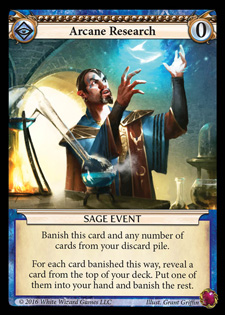
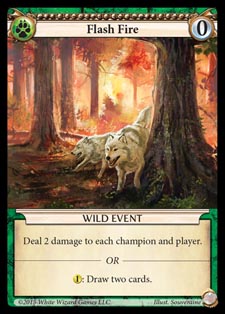
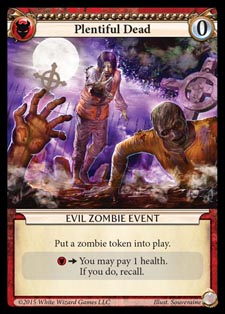
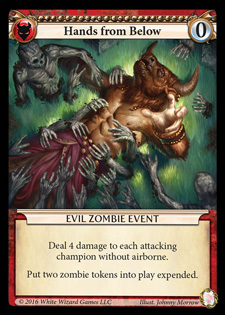
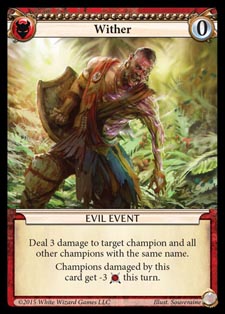
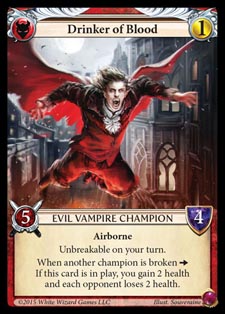
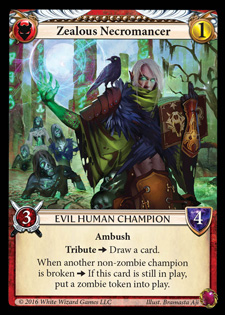
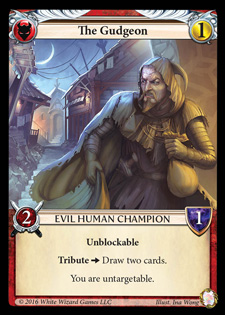
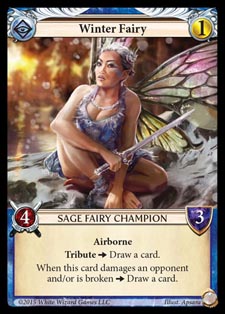
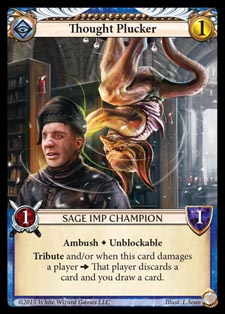
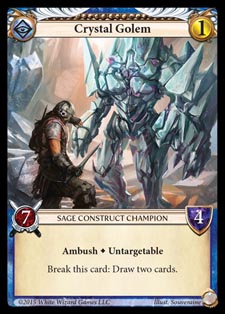

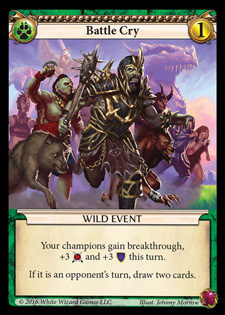

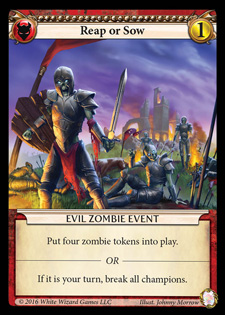
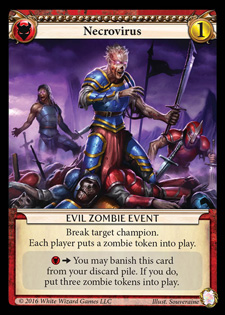
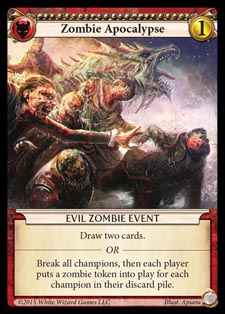
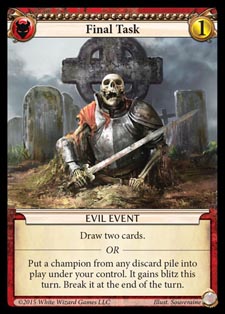
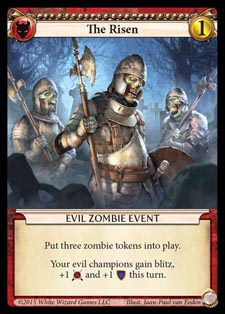
Key Point stats
Keypoint totals:
- OPP – 42 total cards. 70% of the deck works well on the opponent’s turn.
- TKN – 21 total cards. 35% of the deck is used to generate tokens for your finisher.
- DRW – 42 total cards. 70% of the deck can give net hand advantage after it’s played. Arcane Research is for digging.
- RMV – 24 total cards. 40% of the deck can be used as removal.
Intersection – 215% total, spillover (intersection) of 215%. Cards, on average have 2 of the deck’s key points on each card. Therefore each draw in this deck has a quality rating of 2.
Zombie Counter: 18 total produced from unique cards
This means the average number of zombies per card is 18/20 or 0.9. That’s pretty intense. For every card you play, you get around 1 zombie. After 10 cards, you have 9 zombies on average. Though that would be assuming you were playing random cards from your hand with no goal in mind so really it ends up being far more. Essentially, a hand of 7 will have 6.3 zombies per card available to it. Adjust this on the fly to account for your particular game’s quirks, and for the value of Zombie Apocalypse in your game.
It’s not even punishable. In the rare cases where the deck must go for OTK and cannot make it all the way, it’s gaining over 20 life and reducing the opponent that much too. Even in the upper teens of damage, you’re still making a gap that puts the opponent in critical condition and you way up in untouchable areas. If you think you’re not going to draw your win condition, you’re dead wrong. This deck is all gas and draw engines. Your biggest hiccup is against heavy life-gain decks but that was already covered in the part where you cripple the opponent with a less-than-full OTK. In the future, I hope to make the Wild gold choices stronger, but that will either require new insights or a new set release. I hope you all take this and stomp your local competition into the dust! Have fun.
By the way, the name comes from the stand of DIO from JoJo’s Bizarre Adventure, who is an all-powerful vampire that stops time to pummel you so you can’t respond. It seemed appropriate.

